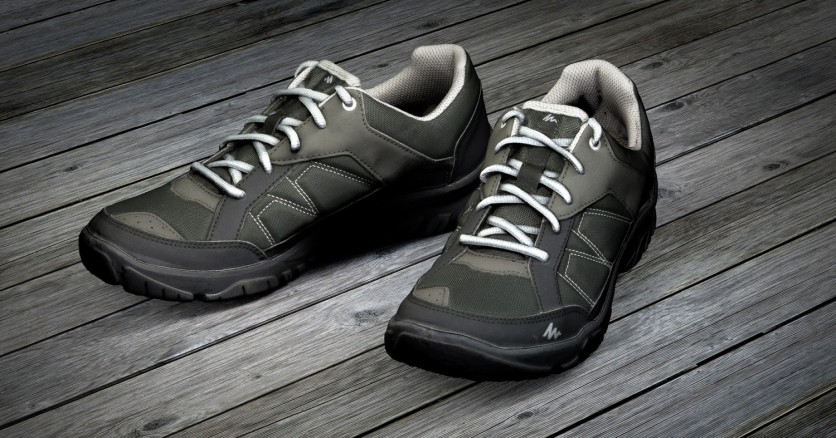Forensic experts in the United Kingdom (UK) are adopting new innovative technology to enhance the identification of criminals captured on CCTV by analyzing their footwear.
According to TechXplore, the research initiative resulted from a collaboration between Staffordshire University and West Yorkshire Police, and it focuses on developing a new system that utilizes 3D scanning technology to discern the type of footwear worn by individuals involved in criminal activities.

Footwear to Enhance the Identification of Criminals
Claire Gwinnett, Professor of Forensic and Environmental Science, emphasized the increasing reliance on footage from various sources, including body-worn cameras, CCTV, and mobile phones, to apprehend wrongdoers.
However, criminals often obscure their faces and don dark clothing, leaving few distinguishing features for identification, except for their shoes. The research aims to address the challenge of identifying these shoes effectively and assessing the evidential value of such identification.
The team developed a quick and economical approach to gather information from the upper parts of footwear, generating an interactive 3D representation of a shoe in visible light and infrared light.
"Most CCTV cameras use near infrared light during nighttime recordings, which can make the footwear look completely different than in natural light," Gwinnett said in a statement.
"So, it was important to develop a method that will help police to quickly identify the type of shoe, how common it is, and importantly, what it looks like under different lighting conditions," she added.
How It Works
Postdoctoral researcher Dr. Megan Needham outlined the process involving a photography light box, turntable, and camera. The method employs 3D scans rather than still images, enabling the alignment of the 3D model to the angle of the shoe captured on a CCTV camera.
The recording involves a video of a shoe under different lighting conditions, which is then processed using software to create a 3D model. This approach enhances accuracy and efficiency in identifying the type of shoe and its appearance under various lighting scenarios.
The method, costing less than £500 for the necessary equipment, aims to be a practical and accessible tool for footwear units nationwide. Needham envisioned its potential use by detention officers in a custody suite to quickly scan a suspect's shoe.
The ongoing refinement of the optimal settings for the process precedes its pilot testing by different police forces in the coming year. Looking ahead, the researchers aspire to extend this method's application to populate a national database of footwear uppers.
This database could be accessed by police professionals throughout the country, offering a valuable resource to enhance the accuracy and efficiency of footwear identification, ultimately contributing to the forensic capabilities of police investigations.
"It is a quick and simple process, taking around 30 minutes in total. The equipment needed for this process costs less than £500. The aim is for this method to be used by footwear units across the nation, and in the future detention officers in a custody suite to scan a suspect's shoe," Needham noted.
Related Article : Google Maps Launches Immersive View, Combining Street View and Aerial Photography into 3D

ⓒ 2025 TECHTIMES.com All rights reserved. Do not reproduce without permission.




